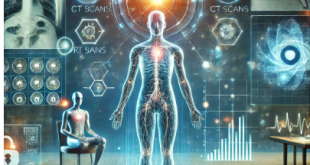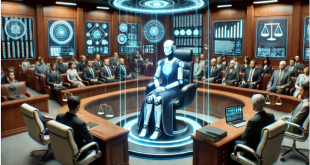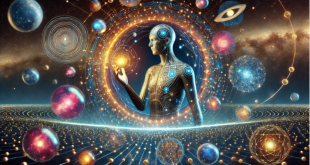The Future of Education with AI
A 21st-Century Revolution in Learning
Artificial intelligence is slowly becoming a fixture in the education landscape, with the belief that it will revolutionize the way teaching is carried out, provide learning opportunities that never existed before, and make learning more personalized.
The role of AI in shaping the future of education has grown into various dimensions that increasingly reshape the face of learning.
Personalized Learning
Regarding data analysis, AI can customize learning experiences for specific students. In the near future, AI-based applications could be adopted in classrooms to implement lessons based on the pace and interests of students.
Highlight knowledge flaws and fill the gaps accordingly.
Produce custom feedback and progress reports to students and instructors.
Intelligent Tutoring Systems
AI-supportedtutoring systems, includingthe likes of Carnegie Learning and Duolingo are becoming backbones for 24/7 support. Until 2050, it is likely that these systems will:
React at near human speeds in order to solve problems almost in real-time.
Support learners where there are weaknesses with the use of adaptive learning.
The Automation of Routine Administrative Tasks
AI is converting routine administrative workinto tasks that teachers can now focus on teaching. Examples include:
Automated essay grading tools, quizzes, and assignments
Timetabling that helps to optimize student and staff schedules
AI analytics for student outcome and school performance.
Virtual Reality Augmented Reality Integration
The useof AI in combination with VR and AR,can make it possible to create:
Virtual tours of historical sites, scientific laboratories and even into space
AR overlays teaching such complex topics as anatomy, engineering, etc.
AI-powered simulations to replicate hands-on training in a controlled environment, safely.
Crossing Cultural Divides
AI-driven translation applications, such as Google Translate, and AI-driven speech recognition technologies can be used for:
Timely translation of classes, ensuring cross-cultural understanding.
Students and teachers could interact each other from all over the world using the technology across different countries.
All students will be treated equally to access the available resources for training since the classroom will have all multilingual capabilities.
Enhanced Accessibility
AI will break all barriers to accessing education for students with disabilities as well. For example:
Speech recognition and text to speech tools for visually and hearing impaired children
Artificial intelligence assistant for children with learning disabilities such as dyslexia
Gestures recognition and wearable devices for non-verbal children.
Artificial Intelligence in Lifelong Learning
The future of education is not only for traditional schools and universities. AI-based systems will provide lifelong learning opportunities.
Microlearning modules based on professionals desire to acquire new skills
AI-powered career guidance platforms that match learners with training courses that help them achieve their desired goals.
Issues and Ethical Concerns
AI also opens up vast possibilities, but at the same time questions come to mind:
Sensitive student information should be kept out of prying eyes.
Bias in AI Algorithms: AI must be designed in such a way that it does not propagate a bias that it already brings into education .
Teacher-Student Relationship: Teachers would have to learn to adapt their teaching methodologies to accommodate for human interface as well as AI-based support.
Conclusion:
Shaping the Future Together
It is not about automating certain tasks or simply building intelligent systems but a very long-term vision for how to change the way we share knowledge and make a difference for the learner.
Thus, as this journey continues, much collaboration will be required among educators, technologists, and policymakers to ensure that AI enhances learning for everyone.


